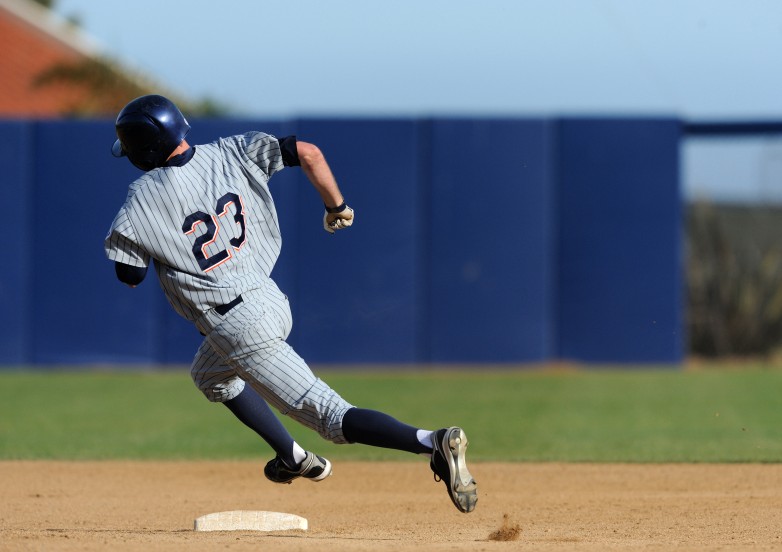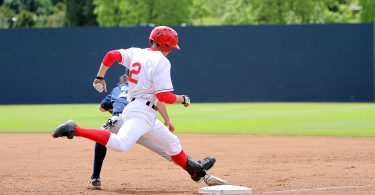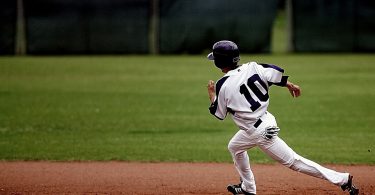The Situation:
Man on first, 1 out, tie game in the bottom of the 8th inning. The runner on first has good speed, and the 7-hitter is at the plate.
The Play:
The runner on first wants to get into scoring position, so he takes off for second on a straight steal. The hitter sees a high fastball out of the pitchers’ hand, and takes a good cut, but hits it just off the barrel. His soft line drive floats right at the center fielder. The runner going to second hears contact, but doesn’t know where the ball is. The shortstop, thinking quickly, races to second, and pretends to receive a feed from the second baseman.
The Outcome:
The runner slides into second just as the center fielder camps under the fly ball. The center fielder makes the catch, and makes an easy throw to first to finish the double play.
What went wrong:
Base runners are always taught on a hit-and-run to look in the entire time so that they can see contact. But on a straight steal, it’s harder to know how when you should peek in at the plate.
Because you want to get to second as fast as possible, your head should be down most of the time on the way to second. But at some point, you MUST peek in for contact. Get a feel for when this will take place based on how long you’ve been running. For a lot of guys, it’s about 3-4 steps in. All you have to do is one quick look to the plate. If you see the hitter take or miss the pitch, you know that you’re on your own to steal the bag. If you see contact though, you have to be able to adjust and do your job. Looking in when you hear contact won’t help you, because the ball has already been hit, and you probably won’t be able to get a fast enough read on it. You have to look in as contact is being made.
Here are the general rules for reading a batted ball while stealing. If it’s a grounder, you obviously keep going. If it’s a ball towards the gap, get on your horse. If it’s a line drive to the infield, KEEP GOING. If it’s caught, you have no chance to get back anyways. If it’s a high fly, stop and retreat to the appropriate distance to make sure the catch is secured. Anticipate a potential drop, but be sure you can get back safely if it is caught.
Always remember that when you’re stealing, there is no guarantee that the ball won’t be hit. Be prepared to make adjustments on the fly. This is all pre-pitch preparation. Think the game.







